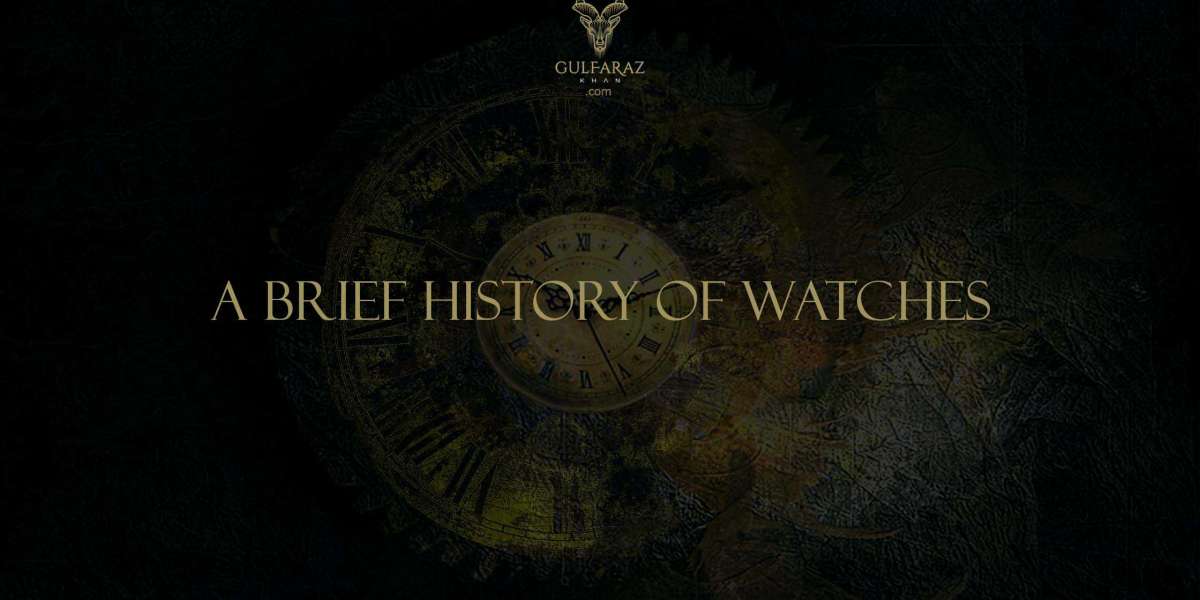13.7 billion years ago it all began of an explosion everything including time was born in a split of a second.
We live in a world where time is all important. Nanoseconds mark the difference between success or failure to make an electronic transaction and where we are continuously reminded of “the time”: of being early or late, of having missed an appointment or arriving “before time”. In today’s world, time now governs our life.
In his bestseller, A brief history of time, physicist Stephen Hawking reminded us that: “The increase of disorder or entropy is what distinguishes the past from the future, giving a direction to time.”
There is no evidence that we can move backwards in time or that “time tourists” from the future are with us. But the arrow of time does carry us forward, and humans have measured this time through the ages in different ways.
Early days of timekeeping
The history of timekeeping devices dates back to when ancient civilizations observed the Sun and the Moon as they moved across the sky. The current sexagesimal system of time measurement dates to approximately 2000 BCE from the Sumerians.
The ancient Egyptians divided the day into two 12-hour periods, and used obelisks to track the sun. They developed water clocks, later employed by the Chinese (after they were introduced from Mesopotamia), the Persians, and the Greeks. Other ancient timekeeping devices include the candle clock, the time stick, and the hourglass.
The escapement mechanism is known to have been used in ancient Greece. The Chinese used a mercury-powered escapement mechanism in their 10th century clocks, and medieval Islamic inventions included clocks driven by gears and weights. Mechanical clocks that used the verge escapement mechanism with a foliot timekeeper were invented in Europe around the start of the 14th century. Portable clocks were first built after the invention of the mainspring in the early 15th century; the first pocket watches appeared during the 17th century, their accuracy improving after the balance spring was added to the balance wheel.
During the Dutch Golden Age, the polymath Christiaan Huygens invented an accurate and practical pendulum clock and the hairspring, which led to the development of the watch. His inventions increased the accuracy of timekeeping dramatically and became widely used. Quartz oscillators were invented in the 1930s, and atomic clocks emerged after World War II. Technological advances during the 1960s made quartz clocks compact and cheap, leading to their dominance during the 1980s. Atomic clocks are more accurate than any other timekeeping device. They are used to calibrate other devices. A standardized system for measuring time, Coordinated Universal Time, is based on atomic time.
Development of the watch
The concept of the wristwatch goes back to the production of the very earliest watches in the 16th century. Elizabeth I of England what was received a described as an arm watch from Robert Dudley, 1st Earl of Leicester in 1571. The invention of the mainspring in the early 15th century allowed portable clocks to be built, which could be made to accurate enough for minute hands to be included in their construction, but the first pocket watches were less accurate, as their size precluded them from having sufficiently well-made moving parts. Un ornamented watches began to appear in c.1625.
Dials that showed minutes and seconds became common after the increase in accuracy made possible by the balance spring (or hairspring).Invented separately In 1675 by Huygens and Hooke, it enabled the oscillations of the balance wheel to have a fixed frequency. The invention resulted in a great advance in the accuracy of the mechanical watch, from around half an hour to within a few minutes per day. Some dispute remains as to whether the balance spring was first invented by Huygens or by Hooke; both scientists claimed to have come up with the idea of the balance spring first. Huygens’ design for the balance spring is the type used in virtually all watches up to the present day.
Thomas Tompion was one of the first clock makers to recognize the potential of the balance spring and use it successfully in his pocket watches; the improved accuracy enabled watches to perform as well as they are generally used today, as a second hand to be added to the face, a development that occurred during the 1690s.The concentric minute hand was an earlier invention, but a mechanism was devised by Quare that enabled the hands to be actuated together. Nicolas Fatio de Duillier, a Swiss natural philosopher, is credited with the design of the first jewel bearings in watches in 1704.
Other notable 18th century English horologists include John Arnold and Thomas Earnshaw, who devoted their careers towards constructing high quality chronometers and so-called ‘deck watches’, smaller versions of the chronometer that could be kept in a pocket.
Military use of the watch
Watches were worn during the Franco-Prussian War (1870–1871), and by the time of the Boer War (1899–1902), they has been recognized as a valuable tool. Early models were essentially standard pocket watches fitted to a leather strap, but by the early 20th century, manufacturers began producing purpose-built wristwatches. In 1904, Alberto Santos-Dumont, an early aviator, asked his friend the French watchmaker Louis Cartier to design a watch that could be useful during his flights.
During World War I, wristwatches were used by artillery officers. The so-called trench watch, or ‘wristlets’ were practical, as they freed up one hand that would normally be used to operate a pocket watch, and became standard equipment. The demands of trench warfare meant that soldiers needed to protect the glass of their watches, and a guard in the form of a hinged cage was sometimes used. The guard was designed to allow the numerals to be read easily, but it obscured the hands—a problem that was solved after the introduction of shatter-resistant Plexiglass in the 1930s. Prior to the advent of its military use, the wristwatch was typically only worn by women, but during World War I they became symbols of masculinity and bravado.
Modern watches
In 1969, Seiko produced the world’s first quartz wristwatch, the Astron.








